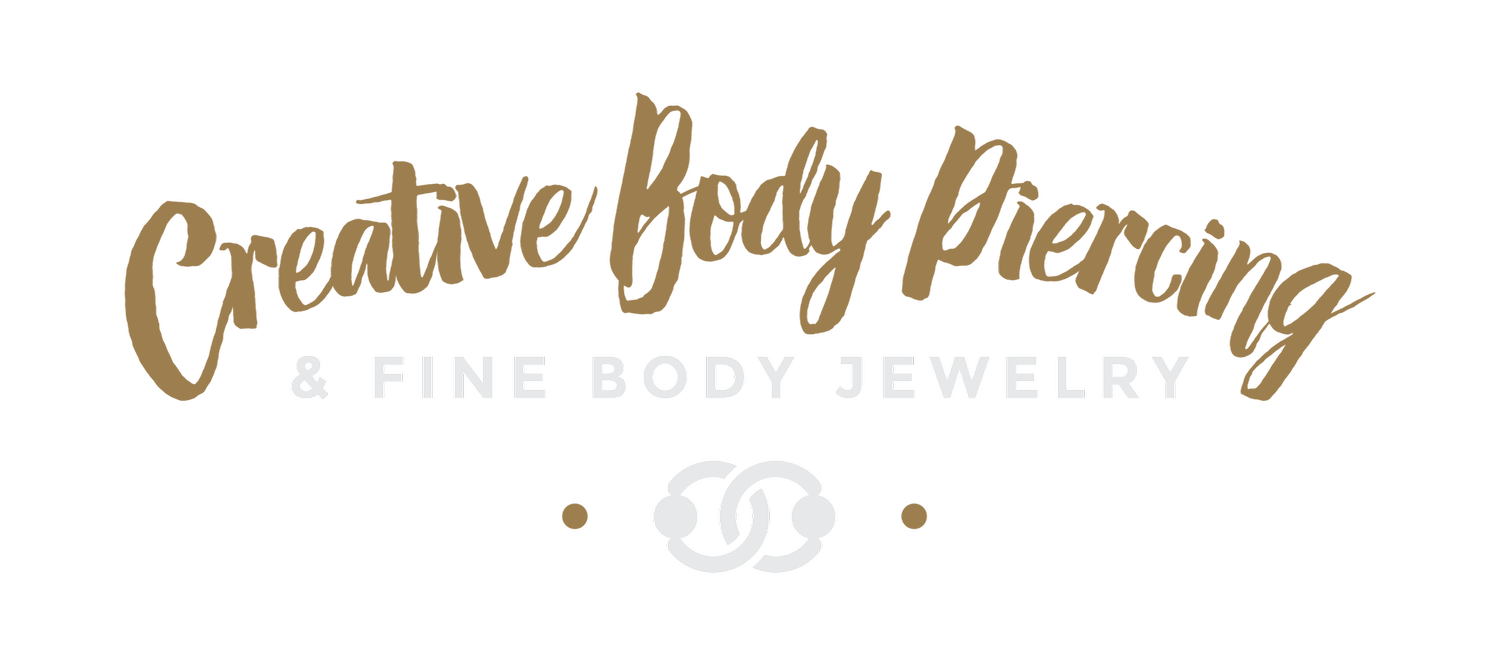Piercing Gun vs. Piercing needle
Which is better, a piercing gun or a piercing needle?
Originally manufactured to tag cattle and other livestock, the piercing gun was later modified for use on humans. Hygiene, healing, and jewelry bio-compatibility were not necessarily primary considerations given to livestock at the time, and although things have improved over the years, none of these factors have been thoroughly addressed as the gun transitioned to human use.
There are a few concerns that should be noted regarding piercings guns: such as cleanliness, education, technique, and jewelry.
Reusable piercing guns often used at mall kiosks and novelty jewelry stores, cannot be properly decontaminated or sterilized before being used on a client. Fluids collected on the gun from one client and can transfer to the jewelry used on the next client. This could spread harmful bacteria or viruses between clients.
Minimal education often goes hand-in-hand with the use of piercing guns. Inadequate handwashing facilities/practice, the lack of single-use marking pens, improper gloves, aftercare knowledge/products are also common concerns. The piercing gun practitioner can introduce even more opportunities for bacterial transfer and poor healing.
The trauma caused by the jewelry used in piercing guns is much greater than a professional piercing needle. The solid pointed tip will force its way through the tissue creating a rough raw wound, this leads to excessive swelling and vascular damage. These negative factors are amplified when this solid blunt force is applied to cartilage. This structural tissue can create an effect much like shooting a cannonball through a brick wall. The cartilage can end up shattered and permanently damaged. Since tissue type, thickness and density can vary, the gun has the potential to get stuck during the piercing and the jewelry may not go all the way through as intended.
The jewelry material commonly used in piercing guns does not meet implant-grade specifications. Phrases like, “sterling silver”, “surgical steel” and “hypoallergenic” often give clients a false sense of security, when none of these are safe for long-term healing in the body. The jewelry design is a “one size hopefully fits all” and doesn’t allow for adequate swelling or cleaning. Most of these jewelry surfaces are highly porous, which means they are more likely to harbor bacteria promoting infection. Neither the piercing gun practice nor jewelry meets the minimum standards set by the Association of Professional Piercers (APP).
In contrast, hollow piercing needles are single-use, sterilized, razor-sharp, and will make a clean cut as they pass through both soft and cartilage tissue. This creates an environment that is less traumatic, more comfortable, and easier for the body to heal. The education level of each piercer will vary, but a professional piercer should be knowledgeable and experienced in aseptic technique. Jewelry used in professional studios should be appropriately fitted per client anatomy, meet implant-grade specifications, and have a mirror surface finish to maximize healing success.
By piercing with a single-use piercing needle, with proper sterilization and piercing techniques, the problems most commonly associated with piercing guns are eliminated. For more information, please visit the APP website at safepiercing.org or click the button below.
